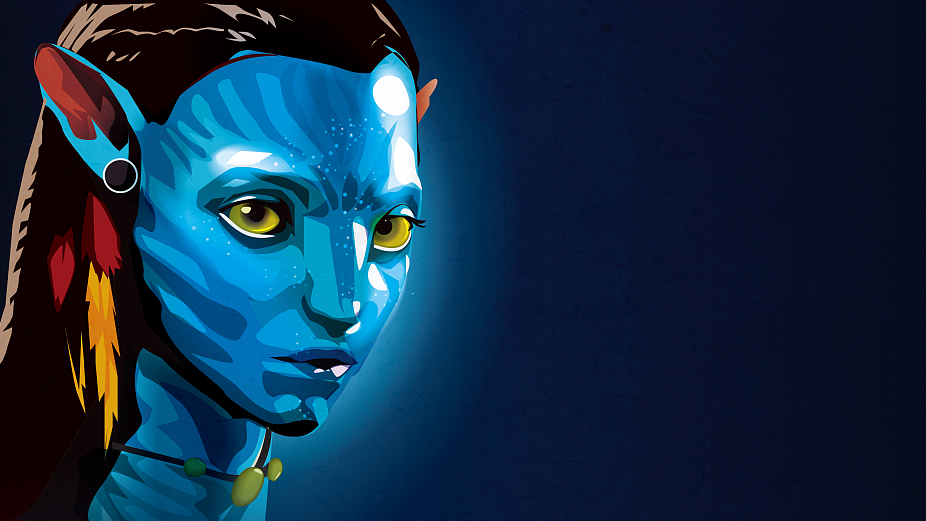
Photo: VCG
We are diving into the deep: this time, into an otherworldly ocean. "Avatar: The Way of Water,”directed by James Cameron, takes you to explore Pandora's glittering oceans.
In the movie, the ilu is the children's mount, an indispensable means of transportation for the seaside tribes. The ilu is intelligent, sociable and easily domesticated, with a long neck, six flippers and rudder-like tail, closely resembling Earth's extinct Plesiosaur species.
The Plesiosaur, which existed from 228 million years ago to 61.6 million years ago, was an aquatic reptile of the Jurassic period. It used four fins and a short broad tail for mobility, and had a serpentine neck almost as long as the rest of its body, with a small head at the end. It was at home in European seas and around the Pacific Ocean, including Australia, North America and Asia.

Photo: VCG
Beginning in 1824 when Victorian naturalist William Conybeare named Plesiosaurus after an almost complete skeleton, all types of Plesiosaurus – from small-headed, long-necked to large-headed, short-necked – used their four large flippers to flap and fly through the water. This way of swimming is very different from the lateral, fish-like manner of most other marine reptile lineages.
Scientists have long wondered about the Plesiosaur's neck – what did it do with such a long neck? British geologist William Conybeare believes that the long neck may have forced it to swim at the surface, arching its long neck like a swan, occasionally darting it down at the fish which happened to float within its reach, or the equivalent of a snake in the grass, relying on the suddenness and agility of its attacks.

Argentine museum exhibits giant Plesiosaur's skeleton. /CFP
However, paleontologists including a marine-reptile expert told National Geographic that the range of motion of the neck is limited by the flattened joint surfaces between the bones. "The close fit, the relatively flat surface of the articulation between the vertebrae, and the lack of space between [projections of bone from the body of the vertebrae called] neural spines and transverse processes on adjoining vertebrae probably meant that there was little movement between the individual vertebrae," the expert said.
If they couldn't lift their heads out of the water to hunt, and they couldn't flexibly poke their heads out of hiding, how else could they forage for food? Apparently, the slender necks of these animals evolved for some adaptive reason and were very useful.
Scientists are continuing to explore the secrets of the Plesiosaur.


